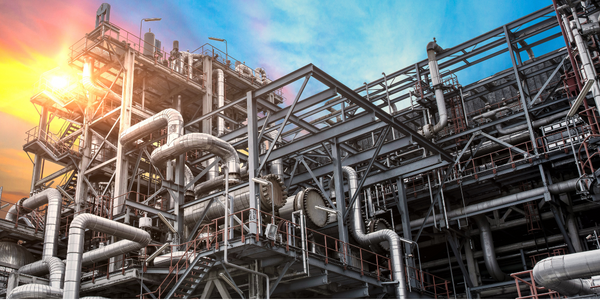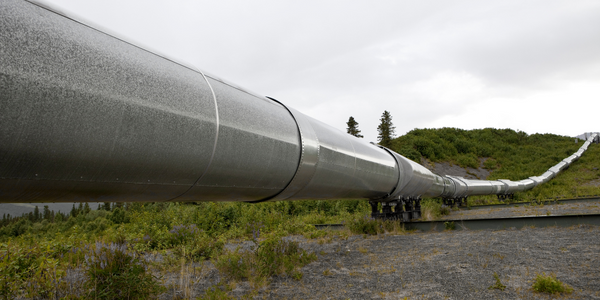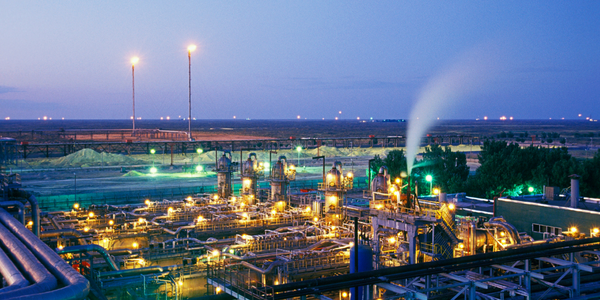Customer Company Size
Large Corporate
Region
- America
Country
- United States
Product
- Birst
Tech Stack
- Data Warehousing
- Real-time Analytics
Implementation Scale
- Enterprise-wide Deployment
Impact Metrics
- Cost Savings
- Productivity Improvements
Technology Category
- Analytics & Modeling - Real Time Analytics
Applicable Industries
- Oil & Gas
Applicable Functions
- Business Operation
Use Cases
- Predictive Maintenance
- Real-Time Location System (RTLS)
Services
- Data Science Services
- System Integration
About The Customer
The Company is a petroleum, natural gas, and natural gas liquids exploration and production company. It has successfully drilled for oil and natural gas across the US and operates about 70% of its more than 15,800 gross productive wells. The company has grown through 35 acquisitions and needed to integrate its acquired systems and applications to more efficiently manage its operations.
The Challenge
The Company was unable to react quickly to changes in production rates, labor and down times. It relied on disjointed data warehouses to manage multi- million dollar well sites. After 35 acquisitions, the company needed to integrate its acquired systems and applications to more efficiently manage its operations. The objectives were to provide analytics on well management such as production rates, downtimes, labor productivity, forecast vs. actual, etc. and to fully integrate data across all acquisitions. The technical challenges included multiple disparate acquired systems and applications from 35 acquisitions and 7 disjointed data warehouses.
The Solution
The company implemented Birst to provide a single view into dollars in/out of well sites and end user interactivity for oil site managers, executive team and site owners. The solution provided near real-time analytics on oil and gas production across 15,000+ wells. This allowed the company to manage expenses and optimize production forecasts and profit margins across well sites, impacting millions of dollars each year. The solution was chosen for its time to value and very low IT resource requirement.
Operational Impact
Quantitative Benefit

Case Study missing?
Start adding your own!
Register with your work email and create a new case study profile for your business.
Related Case Studies.

Case Study
Taking Oil and Gas Exploration to the Next Level
DownUnder GeoSolutions (DUG) wanted to increase computing performance by 5 to 10 times to improve seismic processing. The solution must build on current architecture software investments without sacrificing existing software and scale computing without scaling IT infrastructure costs.

Case Study
Remote Wellhead Monitoring
Each wellhead was equipped with various sensors and meters that needed to be monitored and controlled from a central HMI, often miles away from the assets in the field. Redundant solar and wind generators were installed at each wellhead to support the electrical needs of the pumpstations, temperature meters, cameras, and cellular modules. In addition to asset management and remote control capabilities, data logging for remote surveillance and alarm notifications was a key demand from the customer. Terra Ferma’s solution needed to be power efficient, reliable, and capable of supporting high-bandwidth data-feeds. They needed a multi-link cellular connection to a central server that sustained reliable and redundant monitoring and control of flow meters, temperature sensors, power supply, and event-logging; including video and image files. This open-standard network needed to interface with the existing SCADA and proprietary network management software.

Case Study
Refinery Saves Over $700,000 with Smart Wireless
One of the largest petroleum refineries in the world is equipped to refine various types of crude oil and manufacture various grades of fuel from motor gasoline to Aviation Turbine Fuel. Due to wear and tear, eight hydrogen valves in each refinery were leaking, and each cost $1800 per ton of hydrogen vented. The plant also had leakage on nearly 30 flare control hydrocarbon valves. The refinery wanted a continuous, online monitoring system that could catch leaks early, minimize hydrogen and hydrocarbon production losses, and improve safety for maintenance.










